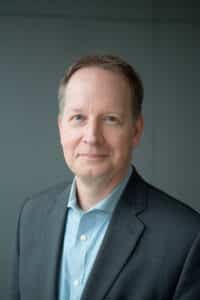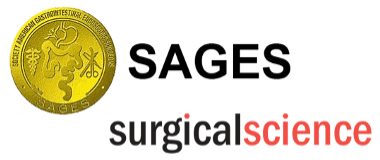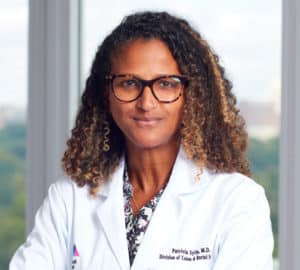
“SAGES got my attention as a trainee because when it comes to online surgical education, it dominates the video realm,” says Dr. Rodrigo (Rod) Gerardo, who joined SAGES as a Candidate member in 2022. “I’m constantly finding myself learning from the extensive YouTube library. As a surgical content creator, I wanted to be a part of this community that believes in what I’m trying to do: spread information to surgeons across globe through their phone.
As a member of the Pediatric surgery and Communications committees—and self-proclaimed surgical influencer—Dr. Gerardo says his favorite project so far is the Communications committee’s work to expand the online patient information content to include short social media friendly videos.
His focus on creating educational contact began when he worked as a research fellow under Dr. Todd Ponsky creating engaging content for pediatric surgeons around the world. He adds that Dr. Andrew Galusha and Dr. Christopher Schneider have helped him grow in and out of the operating room, especially valuing their dedication to resident education.
“My favorite thing about being a SAGES member is that even as a resident, I can make big improvements to the organization at the committee level and potentially beyond,” sayd Dr. Gerardo. “It’s obvious to me that the voices of all participants carry a lot of value to the team as a whole. My recommendations are taken seriously despite being the only trainee on some of these committees! It’s a great example of how to effectively lead this group of innovative surgeons, and I too hope to learn from young minds in the future.
When I consider the benefits I hope to gain from SAGES, I place them into 2 buckets. First, the professional side: I am certain that SAGES will continue to improve my clinical and professional abilities from operative techniques to pushing the envelope on what minimally invasive surgery truly means. Secondly, the people: SAGES provides a group of like-minded surgeons who value innovation in a field that is notorious for tradition and antiquity.”
When he’s not working his crazy residency hours, Dr. Gerardo spends time with his three little girls and partner who’s at the end of her Emergency Medicine training. “Raising these kids is definitely the most rewarding (and time-consuming) hobby I’ve ever had. In between training and being dad, I spend a lot of time burning through mostly nonfiction books about business, economics and innovation. If you’re interested in starting a book club, hit me up!”
Last but not least, let’s not forget Dr. Gerardo’s favorite SAGES memory: meeting the SAGES Twitter/X bot, a secret he says he’ll carry to his grave!









 Fear, anxiety and uncertainty has dominated the first half of 2020. Never before have we, as healthcare providers, been asked to do so much with so little—whether it’s resources like personal protective equipment, dusting off skills related to critical care, or just sheltering at home waiting to get back to “business as usual”. The chaos, however, has also borne unprecedented opportunity to rethink how we deliver clinical care and how we take care of ourselves and others. As is human nature, we will rise above this and emerge with positive lessons on how we rebuild at a personal, organizational and societal level. In the spirit of positive lessons learned from this pandemic, I had the opportunity to virtually (as is our new world) sit down with Dan Herron, MD, of The Mount Sinai Hospital, to gain insights on his experience and what lessons he has learned from the pandemic.
Fear, anxiety and uncertainty has dominated the first half of 2020. Never before have we, as healthcare providers, been asked to do so much with so little—whether it’s resources like personal protective equipment, dusting off skills related to critical care, or just sheltering at home waiting to get back to “business as usual”. The chaos, however, has also borne unprecedented opportunity to rethink how we deliver clinical care and how we take care of ourselves and others. As is human nature, we will rise above this and emerge with positive lessons on how we rebuild at a personal, organizational and societal level. In the spirit of positive lessons learned from this pandemic, I had the opportunity to virtually (as is our new world) sit down with Dan Herron, MD, of The Mount Sinai Hospital, to gain insights on his experience and what lessons he has learned from the pandemic.


